Index
- Your Guide to Tarpon Fishing in Florida
- Best Times and Places for Tarpon Fishing in Florida
- Gear Up: What You’ll Need for Tarpon Fishing
- Techniques That Hook
- Choosing Your Vessel: Best Boats for Tarpon Fishing in Florida
- Catch and Release: Preserving the Silver King
- Ready to Battle the Silver King?
- FAQs
Your Guide to Tarpon Fishing in Florida
Tarpon fishing in Florida isn’t just another pastime; it’s a pursuit that tests your skill, patience, and sometimes even your endurance. These fish can grow up to 8 feet long and weigh over 200 pounds. Their notorious leaps and strong fights make them a prized catch for any angler. But it’s not just about the challenge; it’s also about the connection with nature that comes from interacting with such a majestic creature in Florida’s beautiful coastal waters.
Best Times and Places for Tarpon Fishing in Florida
Timing is everything when it comes to tarpon fishing. The peak season typically runs from late spring to early summer, with May through July being the golden months. During this period, tarpon migrate through the warm waters along the Gulf Coast and through the keys, providing anglers with the best chances to encounter these giants.
- The Florida Keys: Often considered the world’s best place for tarpon fishing, the stretch from Key Largo to Key West is filled with tarpon during the season. The channels, bridges, and flats here offer diverse fishing experiences.
- Boca Grande Pass: Known as the tarpon capital of the world, Boca Grande Pass hosts thousands of tarpons and, consequently, many anglers during the season. The pass’s unique underwater geography creates a perfect habitat for tarpon.
- Tampa Bay: The expansive waters of Tampa Bay offer excellent year-round tarpon fishing, with several local hotspots like the Sunshine Skyway Bridge and the backcountry waters.
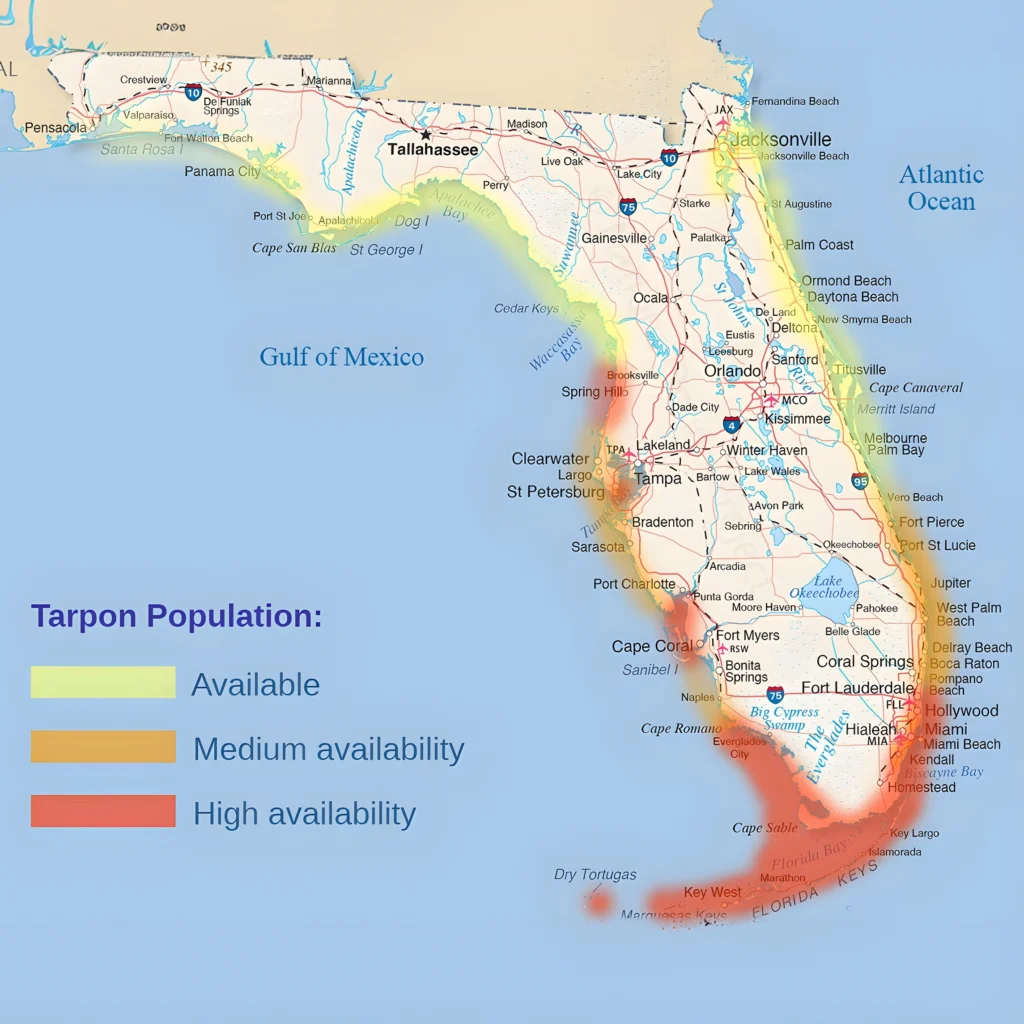
Gear Up: What You’ll Need for Tarpon Fishing
Before you hit the waters, make sure your gear is up to the task. Here’s what you should have:
- Rods and Reels: A sturdy, medium-heavy rod with a good backbone and a high-quality reel capable of holding plenty of line and delivering strong drag are essentials because tarpon pull hard and run fast.
- Lines and Leaders: Heavy-duty lines are a must—typically, anglers use 30 to 50-pound test lines. Leaders should be strong yet stealthy, as tarpon have sharp eyes.
- Hooks and Baits: Circle hooks are recommended for their effectiveness and sustainability. Live bait like crabs, mullet, or pilchards work best, but artificial lures such as plugs and soft plastics can also be effective.
Techniques That Hook
Tarpon fishing requires both finesse and brute force. Here are a few techniques to keep in your arsenal:
- Drifting in Passes: Drifting through channels or passes with live bait under a float can be highly effective.
- Sight Fishing on Flats: For the stealthier angler, quietly poling along the flats and casting to visible tarpon can be exhilarating.
- Night Fishing Around Lights: Tarpon are attracted to the lights on bridges and piers at night because they attract baitfish.
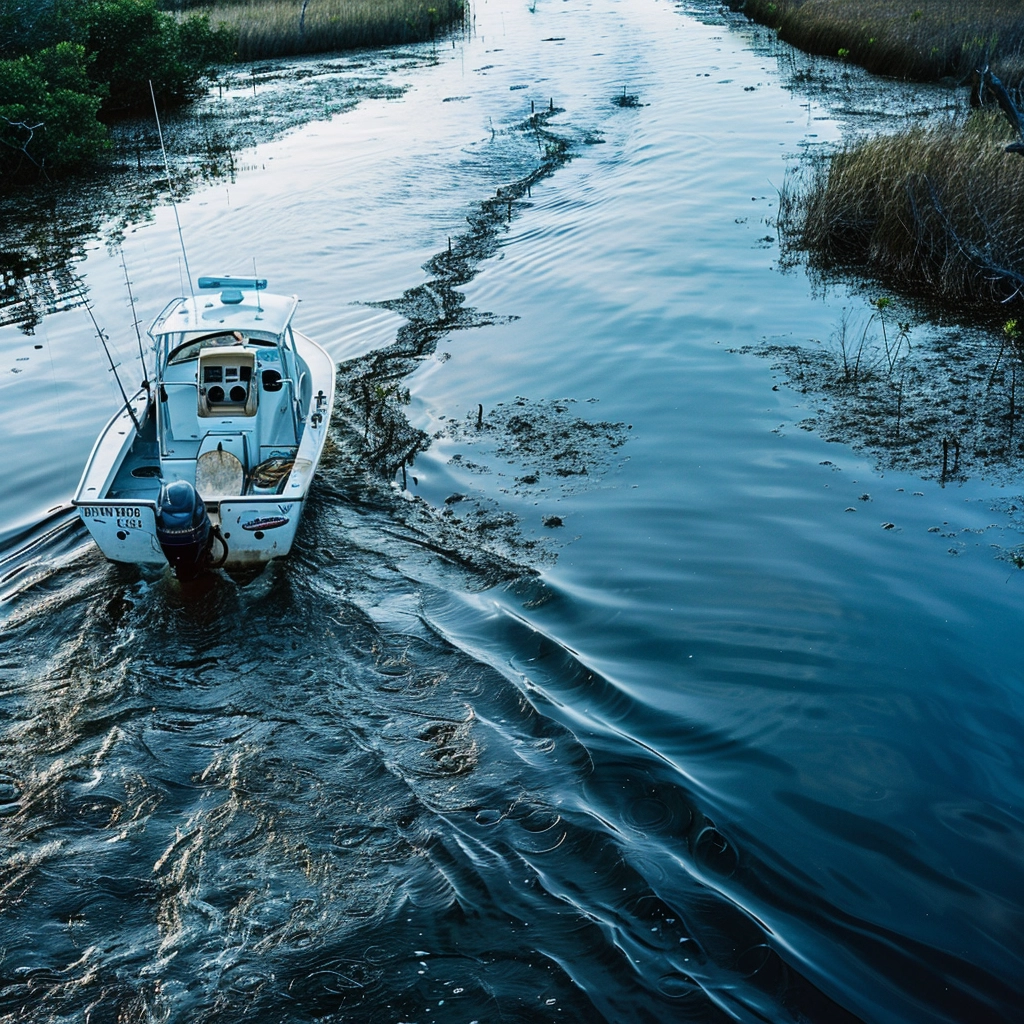


Choosing Your Vessel: Best Boats for Tarpon Fishing in Florida
When it comes to tarpon fishing, the boat you choose can make a significant difference in your fishing success and overall experience. Here are some of the top choices among tarpon anglers:
- Flats Boats: Mavericks are ideal for shallow water, flats boats are designed to float in as little as a foot of water, perfect for stalking tarpon on the flats and backcountry waters.
- Bay Boats: Slightly larger than flats boats, bay boats offer more versatility. They can handle both the shallows and slightly deeper waters, making them suitable for fishing nearshore areas and larger bays where tarpon frequent. Great options are Pathfinder, and Caymas.
- Center Console Boats: Boston Whalers, and Grady White are a couple favorites. The open deck allows for 360-degree fishing action, so you can cast in any direction without obstruction.
Boat Features to Consider:
- Power and Engine Size: Make sure your boat has enough power to handle strong currents and get you out of tight spots when battling a large tarpon.
- Storage and Deck Space: Adequate space for gear, bait, and catches is crucial. Look for boats with ample storage to keep the deck clear and safe.
- Stability and Comfort: Tarpon fishing can be a long endeavor, so comfort is key. Stable boats with comfortable seating can make the experience more enjoyable, especially during long hours on the water.
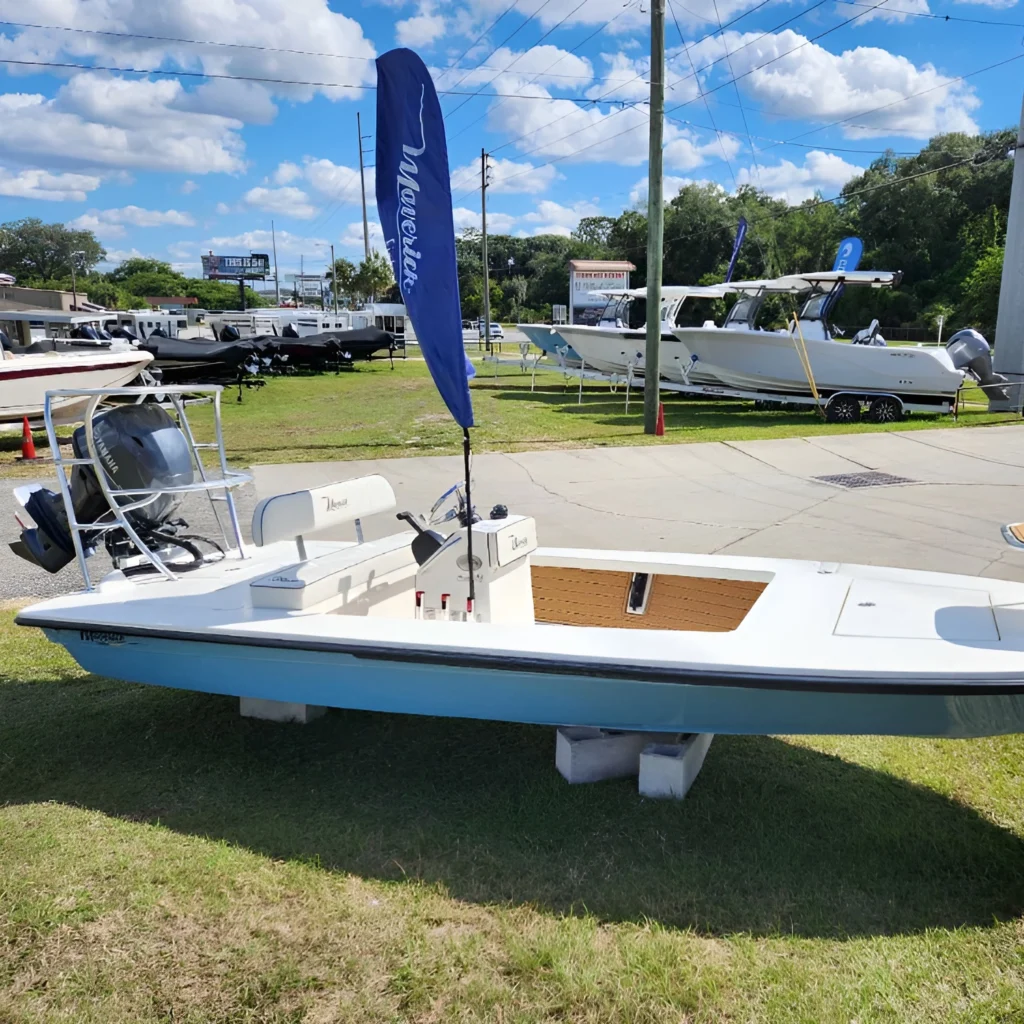
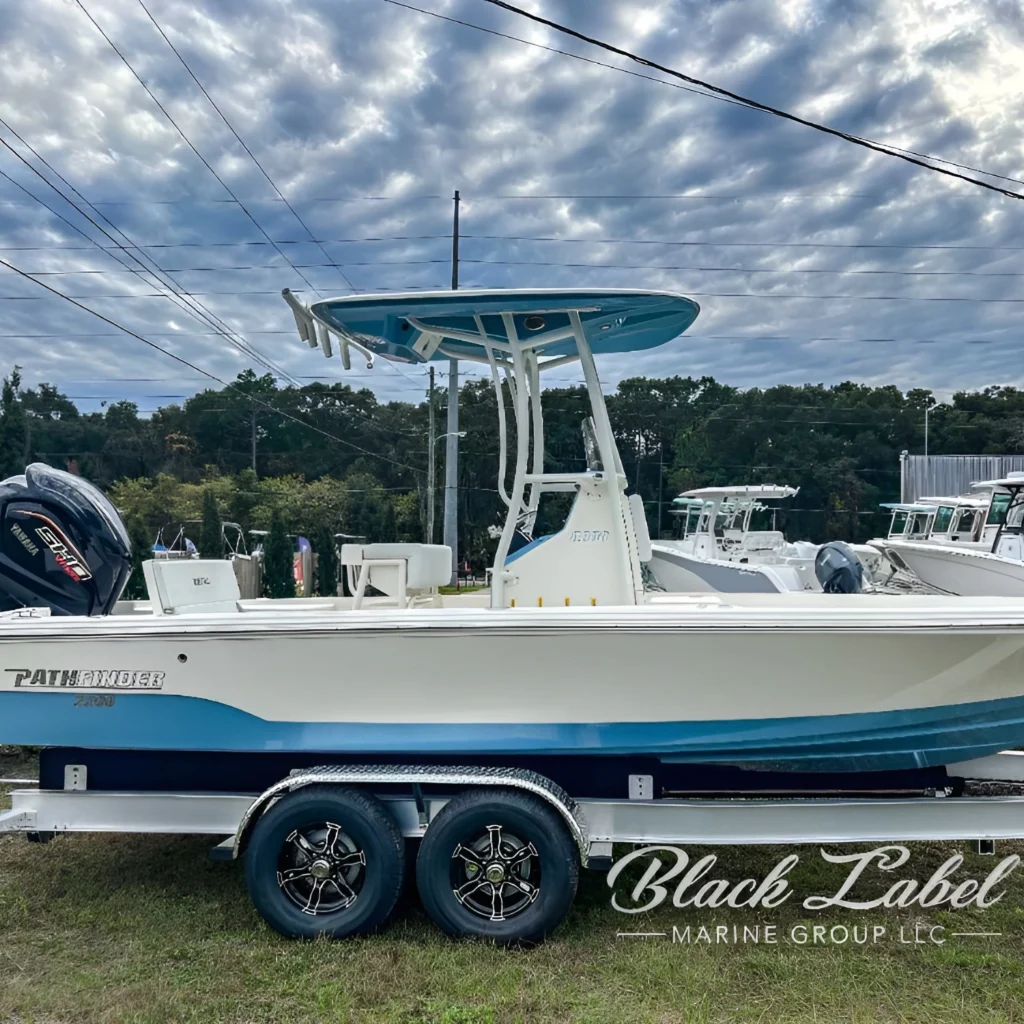


Catch and Release: Preserving the Silver King
Remember, tarpon are primarily a catch-and-release fishery. Handling them with care is crucial for their survival post-catch:
- Keep the fish in the water as much as possible.
- Use dehooking tools to quickly and safely remove the hook.
- Support their body if taking a photo and revive the fish before releasing it back into the water.

Ready to Battle the Silver King?
Now that you’re armed with the know-how and insider tips, you’re all set to tackle the mighty tarpon. Whether it’s the adrenaline rush of the catch or the serene beauty of the Florida coastlines, tarpon fishing is sure to offer a thrilling and rewarding adventure. So why wait? Grab your gear, hit the waters, and let the battles begin!
FAQs
Yes, if you intend to keep a tarpon, you must purchase a tarpon tag which is strictly regulated. However, most tarpon fishing is catch-and-release.
Live bait like mullet or crabs tends to attract more tarpon, but artificial lures also work well, especially on the flats.

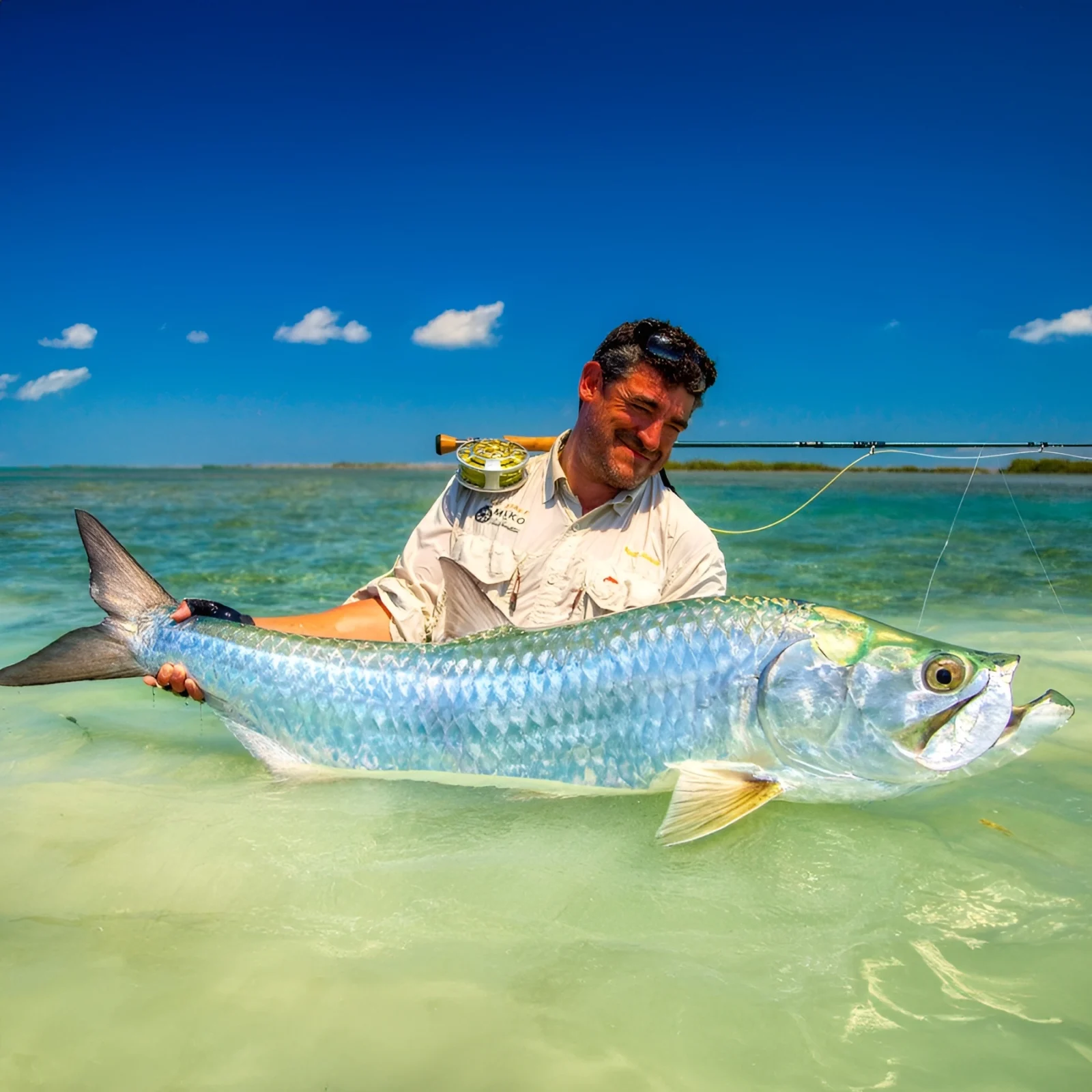
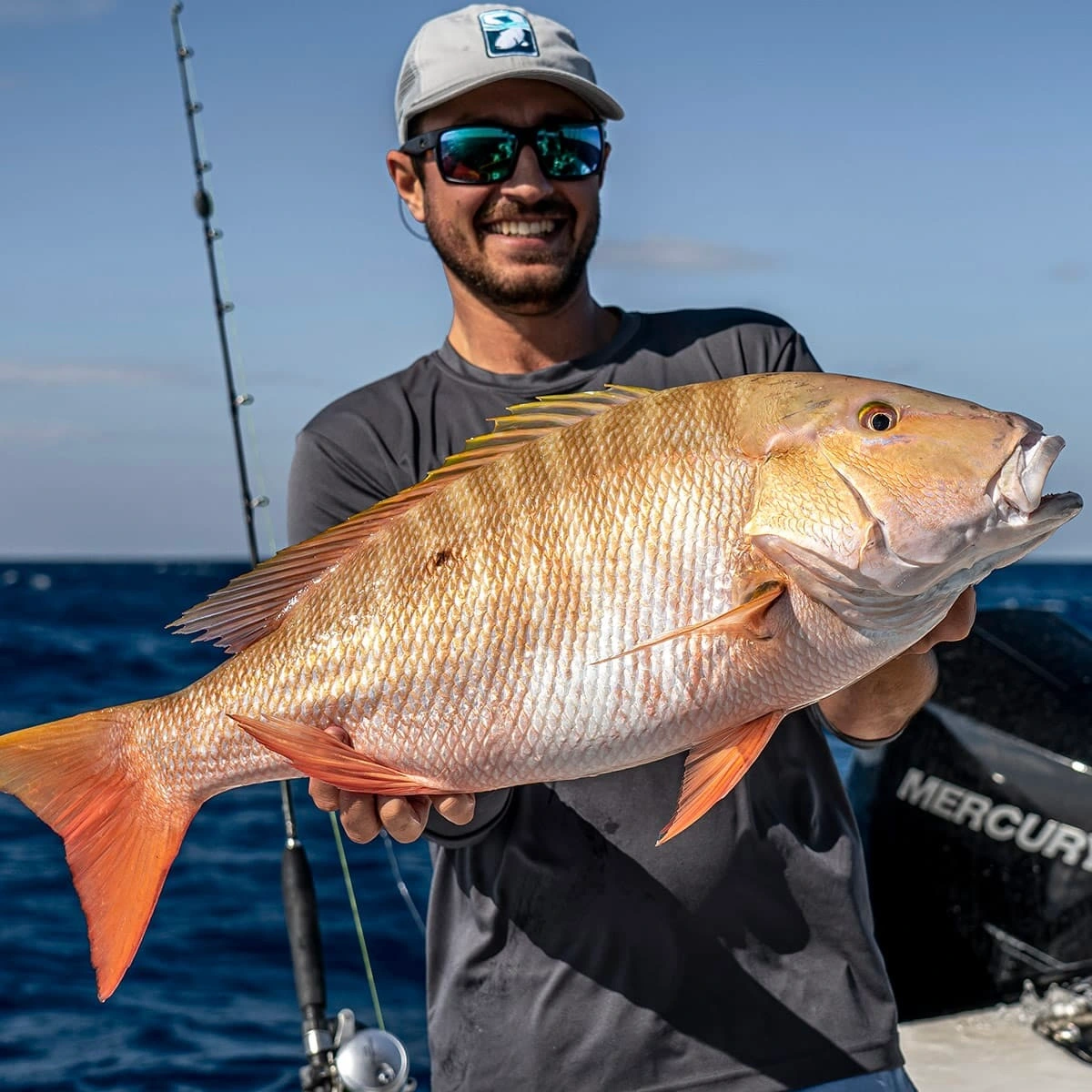

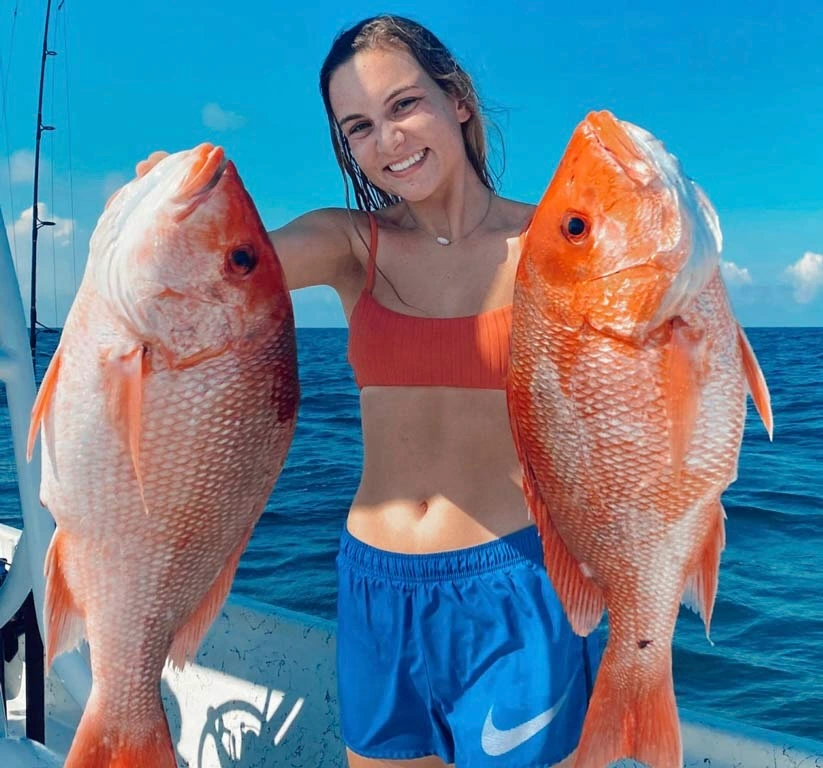
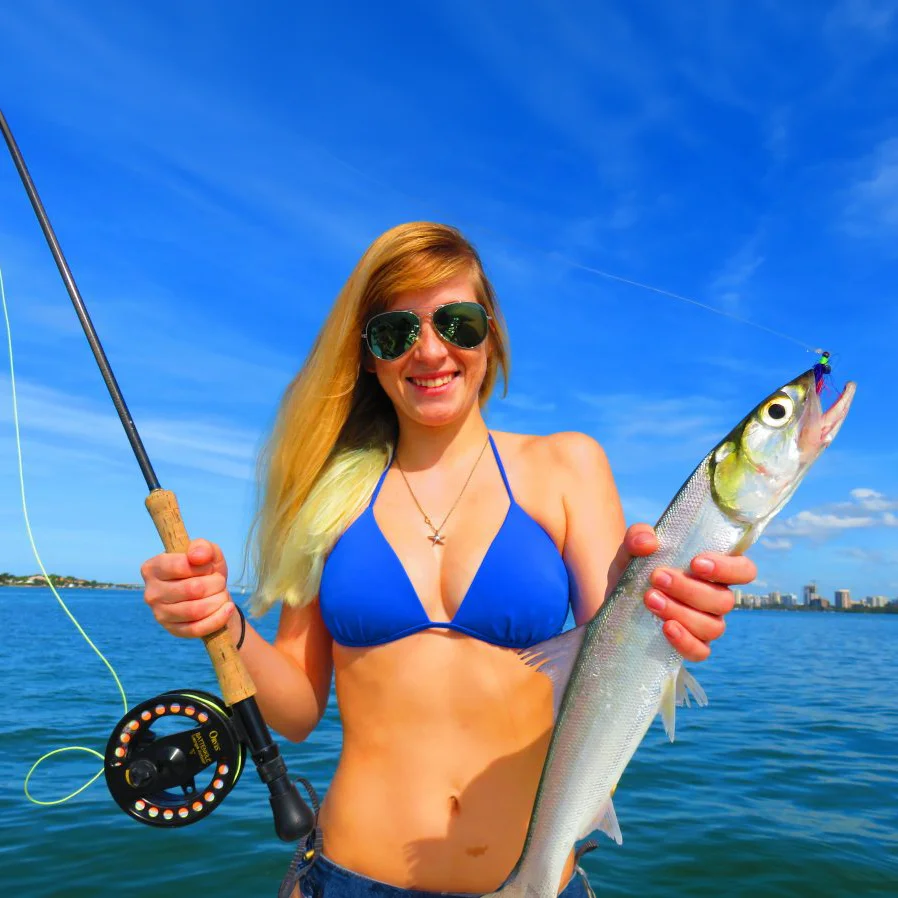
 Discover Black Label Marine Group — Florida’s premier boat dealership. From Ocala to Clearwater to Punta Gorda, we offer an unparalleled boating experience with a curated selection of top brands like Sea Fox, Caymas, Crownline, and Finseeker. Dive into your next adventure with us and become part of the Black Label boating family!
Discover Black Label Marine Group — Florida’s premier boat dealership. From Ocala to Clearwater to Punta Gorda, we offer an unparalleled boating experience with a curated selection of top brands like Sea Fox, Caymas, Crownline, and Finseeker. Dive into your next adventure with us and become part of the Black Label boating family!